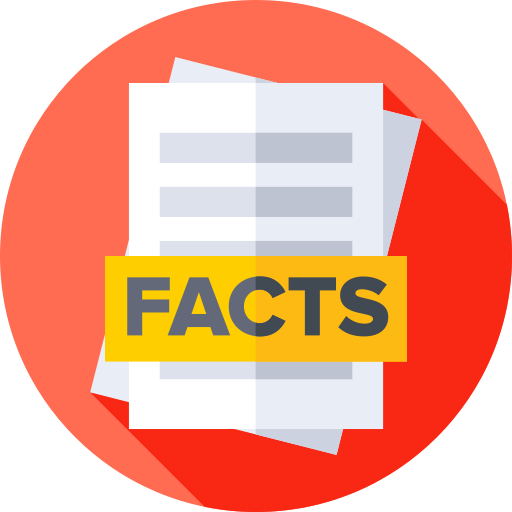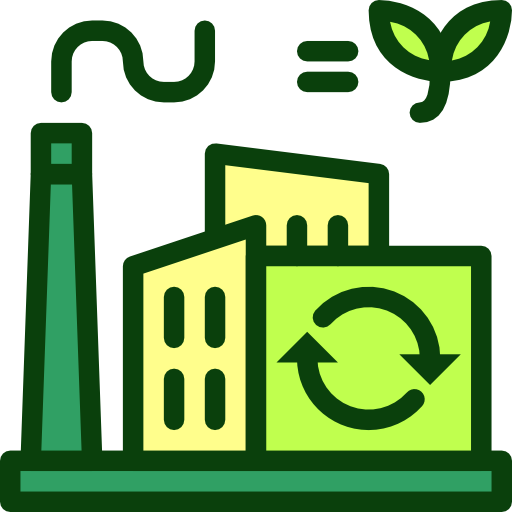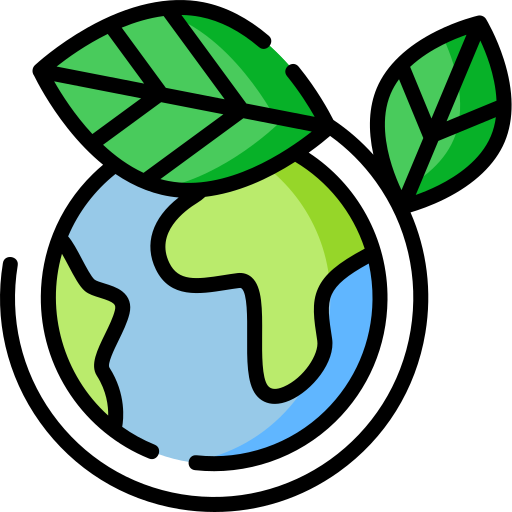South Korea - Economy

How is the economy of South Korea? Based on the information we have, South Korea has a
high-income, export- and technology-oriented East Asian economy; manufacturing led by semiconductor and automotive industries; slow growth amid declining construction investment, export risks, and recent political instability; aging workforce; increased restraint in fiscal policy while maintaining industry support initiatives
. Key agricultural products in this country include: rice, vegetables, cabbages, milk, onions, pork, chicken, eggs, tangerines/mandarins, potatoes (2023).More about the economy of South Korea
| Labor force | 29.647 million (2024 est.) |
|---|---|
| Industrial production growth rate | 1.14% (2023 est.) |
| Industries | electronics, telecommunications, automobile production, chemicals, shipbuilding, steel |
| Population below poverty line | 14.4% (2016 est.) |
| Taxes and other revenues | 15.7% (of GDP) (2023 est.) |
| Fiscal year | |
| Exchange rates | |
| Currency | South Korean won (KRW) per US dollar - |
| Exchange rates 2024 | 1,363.375 (2024 est.) |
| Exchange rates 2023 | 1,305.662 (2023 est.) |
| Exchange rates 2022 | 1,291.447 (2022 est.) |
| Exchange rates 2021 | 1,143.952 (2021 est.) |
| Exchange rates 2020 | 1,180.266 (2020 est.) |
| Reserves of foreign exchange and gold | |
| Reserves of foreign exchange and gold 2024 | $409.457 billion (2024 est.) |
| Reserves of foreign exchange and gold 2023 | $420.93 billion (2023 est.) |
| Reserves of foreign exchange and gold 2022 | $423.366 billion (2022 est.) |
| Current account balance | |
| Current account balance 2024 | $99.043 billion (2024 est.) |
| Current account balance 2023 | $32.822 billion (2023 est.) |
| Current account balance 2022 | $25.829 billion (2022 est.) |
| Public debt | |
| Public debt 2023 | 52.3% of GDP (2023 est.) |
| Budget | |
| Revenues | $542.275 billion (2022 est.) |
| Expenditures | $563.156 billion (2022 est.) |
| Budget surplus (+) or deficit (-) | |
| Remittances | |
| Remittances 2023 | 0.45% of GDP (2023 est.) |
| Remittances 2022 | 0.47% of GDP (2022 est.) |
| Remittances 2021 | 0.43% of GDP (2021 est.) |
| Household income | |
| Lowest 10% | 2.9% (2021 est.) |
| Highest 10% | 24.6% (2021 est.) |
| Average household expenditures | |
| On food | 12.3% of household expenditures (2023 est.) |
| On alcohol and tobacco | 1.5% of household expenditures (2023 est.) |
| Imports | |
| Imports 2024 | $758.724 billion (2024 est.) |
| Imports 2023 | $758.41 billion (2023 est.) |
| Imports 2022 | $817.594 billion (2022 est.) |
| Imports (partners) | China 31%, USA 13%, Japan 9%, Germany 5%, Australia 4% (2023) |
| Comodities Imports force | integrated circuits, natural gas, crude petroleum, machinery, cars (2023) |
| Exports | |
| Imports 2024 | $758.724 billion (2024 est.) |
| Imports 2023 | $758.41 billion (2023 est.) |
| Imports 2022 | $817.594 billion (2022 est.) |
| Exports (partners) | China 25%, USA 18%, Hong Kong 4%, Japan 4%, Taiwan 4% (2023) |
| Comodities Exports force | integrated circuits, cars, refined petroleum, plastics, machine parts (2023) |
| Real GDP (purchasing power parity) | |
| Real GDP (purchasing power parity) 2023 | $2.615 trillion (2023 est.) |
| Real GDP (purchasing power parity) 2022 | $2.58 trillion (2022 est.) |
| Real GDP (purchasing power parity) 2021 | $2.515 trillion (2021 est.) |
| GDP (official exchange rate) | $1.713 trillion (2023 est.) |
| Real GDP Per capita | |
| Real GDP per capita 2023 | $50,600 (2023 est.) |
| Real GDP per capita 2022 | $49,900 (2022 est.) |
| Real GDP per capita 2021 | $48,600 (2021 est.) |
| GDP - composition, by sector of origin | |
| Agriculture | 1.6% (2023 est.) |
| Industry | 31.6% (2023 est.) |
| Services | 58.4% (2023 est.) |
| GDP - composition, by end use | |
| Household consumption | 48.9% (2023 est.) |
| Government consumption | 18.9% (2023 est.) |
| Investment in fixed capital | 32.2% (2023 est.) |
| Investment in inventories | 0% (2023 est.) |
| Exports of goods and services | 44% (2023 est.) |
| Imports of goods and services | -43.9% (2023 est.) |
| Unemployment rate | |
| Unemployment rate 2024 | 2.6% (2024 est.) |
| Unemployment rate 2023 | 2.7% (2023 est.) |
| Unemployment rate 2022 | 2.9% (2022 est.) |
| Youth unemployment rate (ages 15-24) | |
| Total | 5.9% (2024 est.) |
| Male | 6% (2024 est.) |
| Female | 5.8% (2024 est.) |
All Important Facts about South Korea
Want to know more about South Korea? Check all different factbooks for South Korea below.
-
 South Korea Factbook
South Korea Factbook
-
 The Economy of South Korea
The Economy of South Korea
-
 Learn about the Government of South Korea
Learn about the Government of South Korea
-
 Communication in South Korea
Communication in South Korea
-
 Popular Universities in South Korea
Popular Universities in South Korea
-
 Enerny in South Korea
Enerny in South Korea
-
 Transport in South Korea
Transport in South Korea
-
 The Geography and society of South Korea
The Geography and society of South Korea
-
 The Environment of South Korea
The Environment of South Korea
-
 Military and security in South Korea
Military and security in South Korea